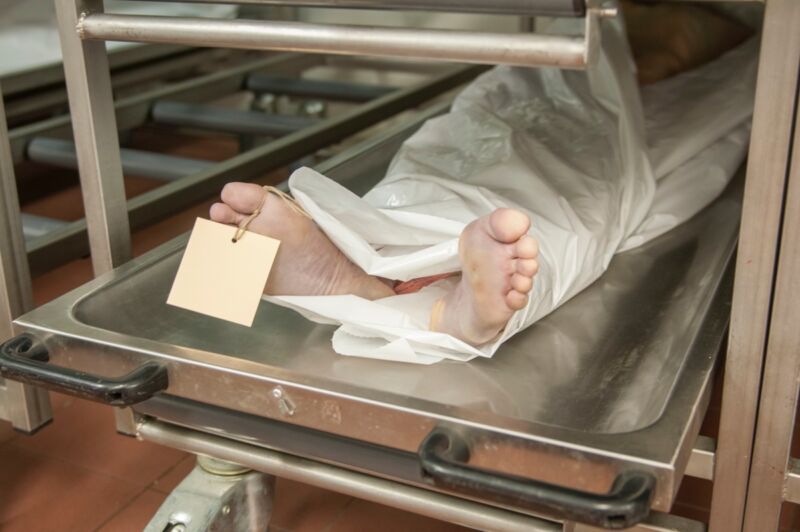Scientists identify “universal network” of microbes for decomposing flesh

Enlarge / It's tough to precisely determine cause of death in a corpse. Microbes found on decomposing flesh can help. (credit: Ralf Roletschek /FAL)
Establishing a precise time of death (the postmortem interval, or PMI) upon discovery of a corpse is notoriously challenging, however easy fictional medical examiners might make it seem. Some forensic scientists use the life cycle of blow flies, which seek out and lay eggs on corpses. But there's a lot of variability between fly species and seasonal effects, so it would be helpful to develop new methods.
It turns out that studying the microbes that flourish in decomposing corpses can provide helpful clues. Forensic scientists have now identified some 20 microbes they believe constitute a kind of universal network driving the decomposition of dead animal flesh, according to a new paper published in the journal Nature Microbiology.
One of the principal questions of any death investigation is when did this person die?'" said Nancy La Vigne, director of the National Institute of Justice, which funded the research. This continuing line of NIJ-funded research is showing promising results for predicting time of death of human remains, aiding in identification of the decedent, determining potential suspects, and confirmation or refutation of alibis."